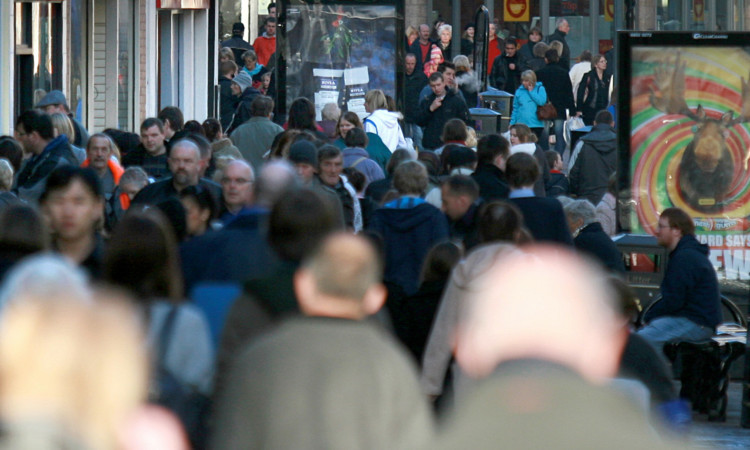The population of Courier country has risen by 65,000 in a decade.
The 6.4% increase has taken the total numbers of residents in Tayside, Fife and Forth Valley to almost 1.1 million.
At local authority level the biggest change was in Perth and Kinross, which added 11,790 people.
Dundee saw the smallest percentage rise, although in previous years it had been in decline.
The statistics, from the General Register Office for Scotland (GROS), are based on estimates of the populations of local authorities and health board areas in mid-2013.
All parts of Courier Country showed increases in the number of residents compared to mid-2003.
Tayside’s population rose by 23,420 to 412,160 equivalent to adding a town the size of Arbroath.
Perth and Kinross saw its total increase by 8.7% over the decade to 147,750, while Angus was up 6.9% to 116,240.
Both of the areas outpaced the Scottish local authority average of 5.1%.
Dundee saw its population increase by only 2.8%. However, the 2013 total of 148,170 was the biggest since the late 1990s and confounded a GROS forecast made at the time that the number of residents would fall below 140,000.
Fife had a 4.4% increase over the decade, up 15,560 to 366,910 equivalent to adding a town the size of St Andrews.
Forth Valley saw its population grow by 17,650, or 6.3%, to a total of 299,680.
That included a 6.5% increase in Clackmannanshire to 51,280, a 4.8% rise in Stirling to 91,260 and a 7% rise in Falkirk to 157,140.
There are two main components of population change the net difference between birth and deaths and the net difference between people migrating to or from an area.
The latter was the main driver of growth in Courier Country, particularly in Tayside where net in-migration of 27,950 offset the greater number of deaths than births.
The figures also show that Dundee is the second most densely populated local authority after Glasgow, with 2,479 people per square kilometre.
